I love my garden, but sadly, it’s only a seasonal thing. The remainder of the year, I look out at the bleak leaf and snow-covered earth surrounded by barren trees and shrubs. Even the fungus, which creates artistic designs during the summer and early autumn, is hidden.
I can sit inside and dream about the coming spring—which, of course, I do. Or, I can create something timeless from the flowers and leaves collected the previous summer—which I also do.
I used to love creating Victorian pressed flower arrangements.
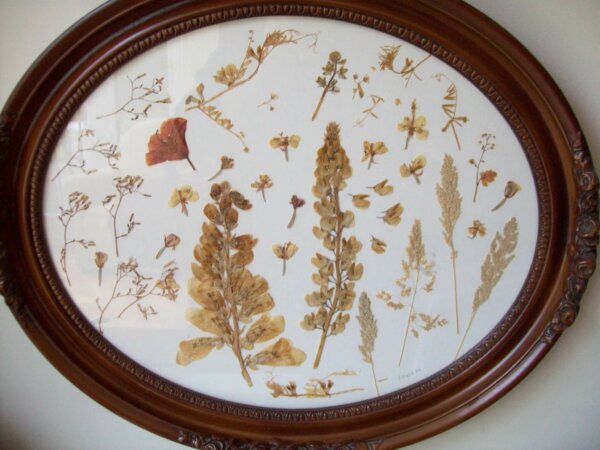
I still press flowers, but I also like to capture them in the fullness of their depth and color, as if they are still alive. Often times they are still alive when I mount them on colorful acrylic painted canvas and thick art paper.
Collage paintings are my way of expressing what once captured my affection outside and is now a distant memory or a distant hope for the future.
Flower Artists Come In All Shapes And Sizes
There are flower painters; lots of them, in fact. Those who capture a replica of flowers and gardens on canvas in oil or acrylic or watercolor.
There are photographers, too. Lots of them. Those who use the perfect tool—the camera—to capture the perfect image.
My preference reflects my art training and my need to use what is real—in this case, the flowers, the leaves and the shrubs—to capture a lasting image.
Preserving Garden Life
What started as a hobby, by means of making cards, pictures, serving trays, and much more, has turned into a means to keep my garden alive all year long. It’s a painting, a collage, and best of all, it’s original. And, since art is what the artist says is art, it’s art.
However, the art goes beyond just the spring garden. I also like to collect leaves in the fall. Call it a childhood passion, as it brings back fond memories of collecting leaves and watching as Mom pressed them between heavily waxed paper and set the hot iron to it, allowing the wax to preserve the leaf forever.

The paper we used back then was usually recycled, heavily waxed paper from bread wrappings. With the heat of the iron, it produced a lovely thick wax surface on the leaf, protecting its shape and color with a delightful soft sheen. Today’s waxed paper varieties are not as helpful for waxing leaves. Instead, I use it to press flowers in my flower press or inside thick books.
Flower Collages: Keeping The Color Alive
I continue to press flowers and leaves, but, over the years, I have noticed that pressing flowers and leaves often causes the color to deteriorate and sometimes disappear altogether.

This, of course, creates a completely different finished product when applied to a painting or a card.
The Artist’s Process
Here’s my process for creating a collage that maintains the flowers’ colors and shapes:
- Pick your flowers, and allow them to dry naturally.
- Using acrylic paint, paint the canvas.
- Before the paint dries, apply the flowers in the desired arrangement.
- Allow the paint to dry.
- Apply a thick, protective resin. I usually have to apply several layers of this resin, allowing each layer to dry before applying the next layer.
The finished product displays the flowers and/or leaves retaining much of their original color and much of their original shape.

Maintaining the shape creates a more three-dimensional collage work, one that shows great depth.
Choosing The Best Flowers For Canvas
Some flowers transfer to canvas better than others. Usually, the bigger ones are more difficult to maintain the shape and color. I have tried lilies, tulips, daffodils, and irises with marginal success.
My most spectacular creations include delphiniums, nasturtiums, morning glories, bee balm, dark-eyed Susans, and, from my indoor garden, orchids. Leaves always transfer well, the sugar maple leaves being the best for maintaining their color.

I have even successfully used pussy willows and honeysuckle in my paintings and hope to try others in the future.
Gardening doesn’t have to be restricted to the outdoors. Being stuck indoors during the long winter months allows me to enjoy working in my garden, only this garden is one created on canvas. Use your imagination and the sky’s the limit.
Today’s post is brought to you by award-winning author and artist, Emily-Jane Hills Orford. When this author isn’t writing, creating collage paintings, working on her needlework, or composing, you’ll find her in the garden. Even in the winter, gardening is not far from her thoughts as she plans and prepares for the next season and the next growing adventure. Using pressed flowers from her garden, this author/artist/composer is gardening indoors with multi-faceted garden ideas re-created on canvas.










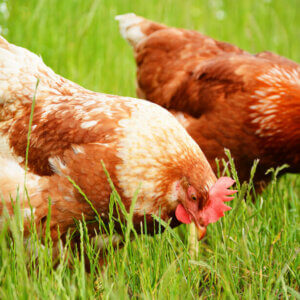























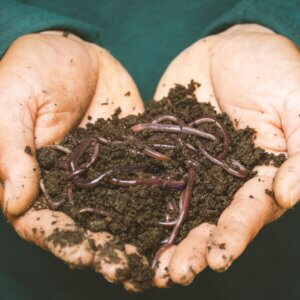



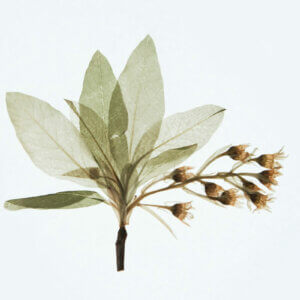


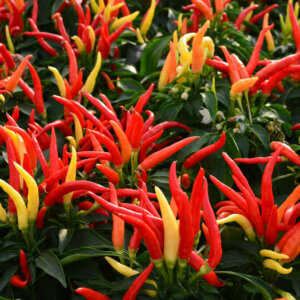
Leave a Reply